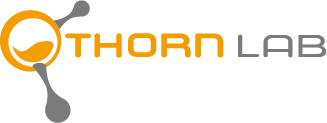AUSPEX
Improving Data Quality for Macromolecular Crystallography
Currently, less than 1% of measurement time at synchrotron sources results in a published structure; much of the other collected data suffers from avoidable quality issues—e.g., defective crystalline samples, flawed diffraction experiments, or incorrect interpretation of the images by automatic data processing procedures. If such problems were diagnosed earlier and more reliably, the current beamlines would be significantly more efficient. The lack of suitable diagnostics is one of the major roadblocks to increasing the productivity of macromolecular crystallography beamlines at synchrotrons, X-ray free-electron laser (XFEL) and neutron sources as well as for the research quality in macromolecular crystallography as a whole. Any shortcomings on part of the data have immediate negative consequences for the resulting structure and thus for the biological insights obtainable. In collaboration with beamline staff at the European X-Ray Free-Electron Laser Facility (European XFEL), the synchrotron sources BESSY and ESRF as well as the European Spallation Source ESS, we develop AUSPEX, an innovative diagnostic tool that will allow beamline scientists and users to recognize errors as early as possible, ideally before the main data collection starts. We also use these new tools to define new best practices and to improve data processing.
For more information on this, please visit www.auspex.de.

Bad quality data also increase the risk of producing a flawed structure, which leads to retractions and incorrect models propagating in the literature. Thus, problems in data quality affect all downstream applications, such as bioinformatics or structure-based drug design, both in academia and industry.
